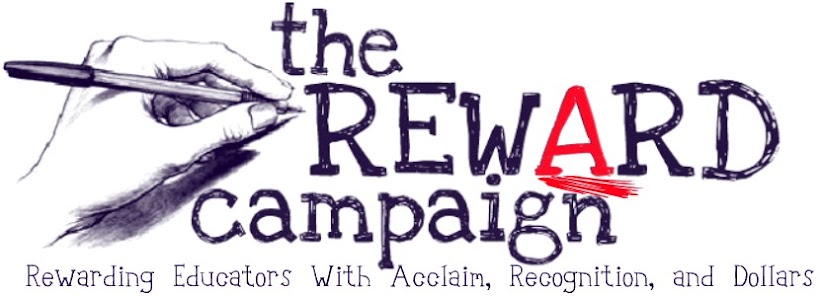Monday, May 30, 2011
Tuesday, May 24, 2011
President Obama Talks Education Reform
Public Opinion Isn’t Working
Opinion: 39% of Americans favor the use of increased nuclear power, while 52% oppose the measure. (Pew Charitable Trust)
Policy: A new nuclear power plant has not been built in the United States since 1973. (MSNBC)
Opinion: 49% of Americans favor the right to own a gun, while 46% are in favor of gun control laws. That figure is almost exactly the same as a September 2010 poll, which demonstrates little has changed, even after the recent shooting spree in Tucson, AZ. (Pew Charitable Trust)
Policy: States continue to be conflicted on gun control laws. 40 states have “right to carry” laws for guns which allow their citizens to carry concealed weapons. The states do however have varying restrictions. 4 states allow concealed carry with no restrictions, while the rest have varying levels of regulatory control. (NRA)
Opinion: 58% of Americans are opposed to the Don’t Ask Don’t Tell (DADT) policy and are in favor of openly gay men and women serving in the military. Only 27% are in favor of the policy.
Policy: On December, 22nd, 2010, President Obama signed a bill repealing DADT.
The electorate is more in favor of merit pay than ending DADT, gun control or gun liberalization, and a moratorium on nuclear power plants. Politicians must listen to the overwhelming public opinion, align policy with populism, and push for merit pay provisions in future education reform bills.
Sunday, May 22, 2011
The 4 Biggest Obstacles to Merit Pay Reform Efforts
Nevada Aims for Education Reform
Unfortunately, several reform efforts stalled in the committee, which voted down an amendment to end “last in, first out” practices of teacher layoffs. That system requires that the most recent teachers to be hired are the first to be fired if districts are forced to institute layoffs, instead of other factors like performance, classroom absence, disciplinary history, or a criminal record.
Thursday, May 19, 2011
Value-added: An important measure
A fantastic study published by the Brookings Institute called “Evaluating Teachers: The Important Role of Value-Added,” explores the benefits and challenges of a system that evaluates teachers by their students improvement on objective measures like standardized tests.
Here are the main points of the study and discussion:
Current evaluation systems that use principals to evaluate teachers end up classifying 99 percent of teachers as effective. Obviously principal evaluations alone cannot accurately determine a teacher’s effectiveness.
Value-added is “not a perfect system of measurement,” but it can “complement” other measurements like parent and student feedback, observations, and self assessments.
Many teachers are skeptical of value-added systems because they are afraid of being labeled as bad teachers solely because of their students’ test scores. “But framing the problem in terms of false negatives places the focus almost entirely on the interests of the individual who is being evaluated rather than the students who are being served. It is easy to identify with the good teacher who wants to avoid dismissal for being incorrectly labeled a bad teacher. From that individual’s perspective, no rate of misclassification is acceptable.”
The authors of this study illustrate the problem with this argument well when they point out that SAT scores are only moderately correlated to success in college, and between-season batting averages for baseball players are only moderately correlated to professional batting averages. Nevertheless, we use these measurements because they are the best we have. In the authors’ words, “We should not set unrealistic expectations for the reliability or stability of value-added. Value-added evaluations are as reliable as those used for high stakes decisions in many other fields.”
Value-added measurements are especially important when we examine the alternatives for measuring teacher performance: seniority (experience) or principal evaluations. This study finds that value-added measurements are the best way to determine effectiveness.
Teachers are worried that value-added indicators unfairly measure their effectiveness. While it is true that value-added will not be a perfect measure, it is still an important one. Combining an objective measure of student performance with more objective measurements is the only way to create a fair and comprehensive evaluation system.

